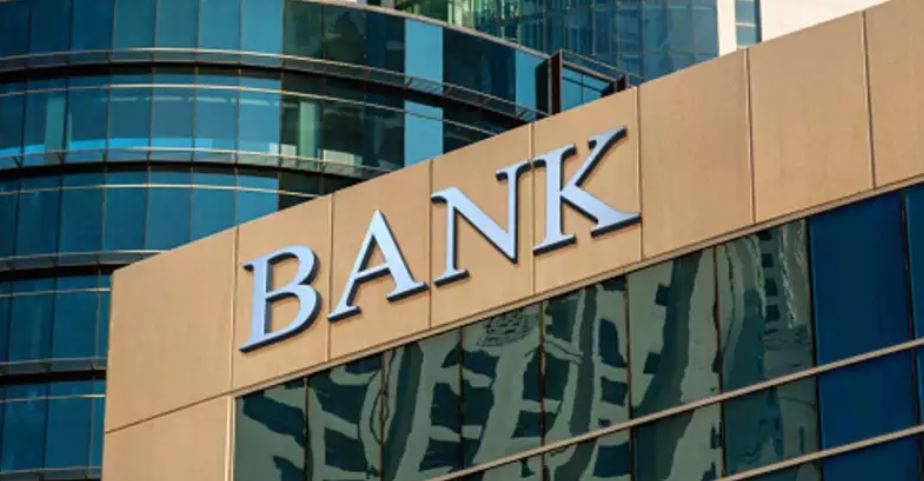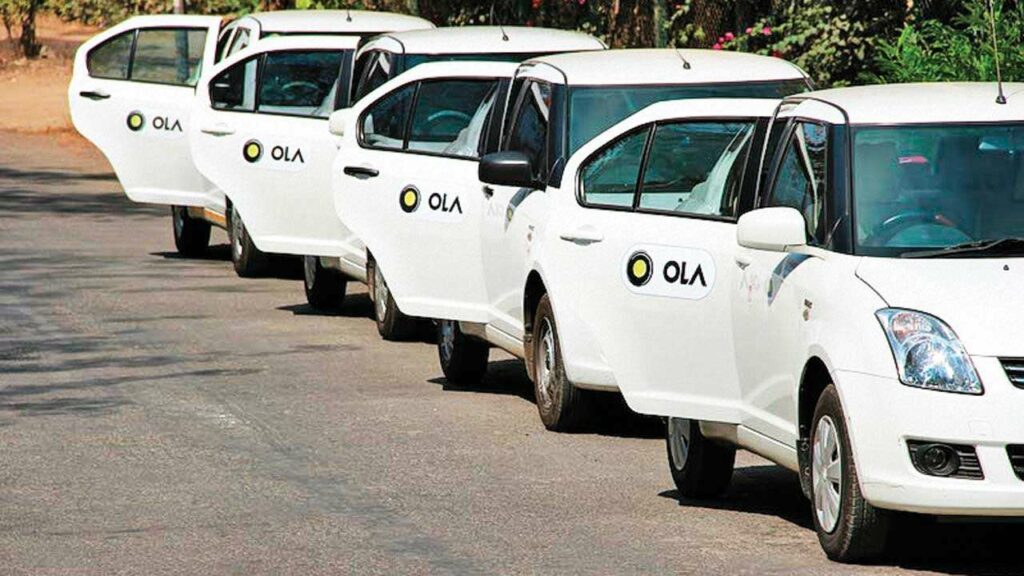By JRK

The overt objective of bank nationalisation was to provide credit to agriculture, small industries, small traders and professionals which was euphemistically called priority sector to which 40% of advances were earmarked. Subsequently, exports, housing, education loans were added. The agriculture was at subsistence level which underwent a transformation in Green revolution. There was a crying need for credit for higher productivity. The Govt in early sixties promoted co-operatives for assisting farmers. But resources were thin and RBI had to be a lender of first resort which militate against the economic prudence. Nationalised Bank did a nice job in early years. There were several subsidy-based schemes like IRDP, PMRY and later on SHGs were added. Many critics, even insiders, point to the poor performance of the Nationalised Banks on the write-offs.
The argument is completely fallacious. It is the Corporate who has enjoyed the write-off. The common man might have failed to pay because he can come out of indebtedness in just one go. It was imperative that there should have been further doses but, unfortunately, he was declared a defaulter and again went to the old ways of borrowing from money lenders. In odisha, one prominent industry was given a write-off of 2300 crores out of a loan of 2700 crores in early nineties. The promoter is a big-name in Odisha politics with admirers galore for his articulation, smart English and his so-called hands-on approach. But he has wealth and his name was never there in CIBIL. He innocently claims that he got write-off under an approved scheme. Compare it to the write-off to the poor farmers in Odisha and that comes to around 6000 crores.
I remember one incident. There were misgivings when JB Pattnaik announced 1000 industry in 1000 days. The CGM of a Bank, a South Indian, wondered why the Bank officials were balking. He acknowledged that 900 industries would go bad. But the investment would create a chain that would create enterprise and employment for a long-term. He had wondered CD Ratio was only 69% then and Bank officials should allow some incremental growth so that poverty is attacked.

There is a strong lobby to privatise Banks mostly because of large provisioning for NPAS and Govt earmarking around 3 billion for recapitalisation recently and small capital base working as a millstone to be a Global Banks. The first reason was abolition of Term lending institutions and Nationalised Banks being forced to lend power and other infrastructure. The delay in commissioning and commencement of production resulted in large finance being categorised as NPA. RBI should have found out a window to take these advances being considered as NPA. BASEL is not a Bible, and if we cannot tweak the rules, better to twist them. Every country has its own models and norms cannot fit all. The amount of recapitalisation could have been earmarked for these loans directly rather than capitalising.
It is not that our NPA position is alarming. It even happened in USA. The bubble burst over housing finance and Govt. came to the rescue. Nothing is wrong with it. The only problem in Public Sector Banks is postponing decision-making. In case a venture fails, let it be and there must be an immediate exit Banks charge a risk premium on loans and 2-3% Net NPA is acceptable. The Banks have a major role in creation of entrepreneurship, development and in a way, redistribution of wealth.

OLA Cabs in 2018, made a whopping loss of 1800 crores and the sale figure was 3000 crores. The investors were not alarmed. They knew the car rental would be increased gradually and one day they would exit with a profit. So, why the Banks are maligned?
What Banks need template-based financing, not shying away. In case they are financing book debts, they must have a system to know how the debts are being repaid not paper transactions. The decisive stand must come from top management. They have reached the top and there should not be any restraint now. Remember T. N. Seshan, who after being servile throughout his career suddenly roared and that roar created consternation among the political parties that resonates even today thus enhancing the stature of Election Commission.
There was legendary Talwar who simply walked out without conceding a single inch. There were also some black days when Jandarjan Pujari, a MOS of Finance, asked some Chairman to stand up on the chair and they stood up. But privatization is not a cure, the solution lies in being fearless, transparent and positivity from the top.
The private Banks might be savvy but not without pitfalls. Private Banks have failed like Global Trust Bank, Bharat Overseas Bank, Centurion Bank, to name a few, and Govt has come to rescue by merging them with Nationalised Banks. HDFC Bank has the largest market capitalisation now but what they do? They prominently figure in retail financing. Retail can only fuel consumption demand but in case the Corporates are shunned, how and from where the supply would come from? They have cells and their financing and recovery are purely robotic. But if they do focus on profit, how the industrialisation would take place? In case Govt wants to shed control, it must be then given control to small investors who can make the management accountable. The top management must come from people who have failed, who have created NPAs and how they have handled because they have got requisite experience.
The Public sector Banks had been instrumental in mobilising household savings which had risen to around 35%. The Govt had utilised the funds to keep the fiscal deficit at bay. Over the years, the rate has been declining. Our FM has taken a wise decision in meeting the deficit by issue of foreign bonds. But the contribution of Banks in the initial years to the development by coming to the rescue of Government was a crying necessity.

Overall, the Public Sector Banks played a pivotal role in the initial years in the field of growth. These years were mockingly called as Hindu Rate of growth but without these much-maligned Banks it would have been a Muslim (Pakistan) rate of economic growth. In the late eighties when the Banks were falling like ninepins in the Western World these Banks had shown their resilience without any bail-out. These Banks have to stay as the commanding heights of Indian economy. Private Banks can be spectacular like the innings of Rishav Pant in World Cup Semi-final but all that were needed is a cool head of Dhoni who was despised for failing. These Banks need restructuring, revamping in organisational structure with some dilution in ownership, autonomy in decision-making and a paradigm shift in attitude, career-building, flexibility and dynamism. Their failings must be rewarded if it is within acceptable risks rather than aversion for taking risks. There must not be hounding by CBI but fixing wherever there is concrete evidence. A recent bane is Bankers mobilising Insurance and Mutual Fund and being incentivised. Debate would go on whether it is a core banking activity but there can be an internal Ombudsman not for nit-picking but cancelling whenever there is a mis-selling.
Indiraji is much-viled for her missteps like emergency. But it must be accepted that she called for an election which was free and fair and had bowed out with dignity. We must also give the devil its due for taking head-on the business houses and ushering in Bank nationalisation.
(JRK is a Kolkata based Economic Analyst)





















